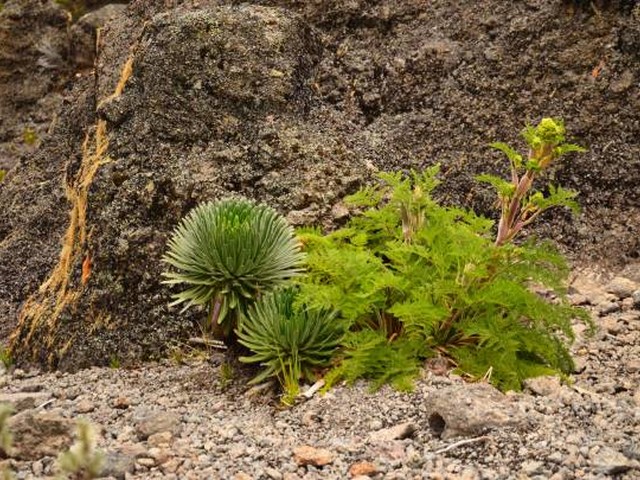Top Kilimanjaro Trekking Myths Debunked
Mount Kilimanjaro, the awe-inspiring summit that stands majestically over the East African plains, has long been the beacon for adventurers around the world. Synonymous with breathtaking vistas and challenging treks, it holds stories and secrets in its misty heights. However, surrounded by its towering fame are myths that cloud its true essence. At Kilimanjaro Centre for Trekking and Ecotourism (KCTE), we believe in clearing the air, not only to enhance your understanding but to prepare you for an experience of a lifetime. Let’s ascend through the swirling mists of misconception and unveil the true beauty of climbing Mount Kilimanjaro.
Myth 1: Only for the Young and Super-Fit
Age is Just a Number
One of the most common myths we encounter is that Kilimanjaro is a young person’s mountain. However, the truth is quite uplifting! Climbers from ages 7 to 89 have successfully reached the summit, Uhuru Peak. The key is not youthful vigor but rather determination, proper acclimatization, and a reasonable fitness level. KCTE specializes in crafting journeys that cater to different ages and fitness levels, ensuring a supportive and feasible climb.
Fitness is Manageable
While being fit is an advantage, Kilimanjaro is more a test of endurance than extreme athleticism. With the right training plan, which includes cardiovascular and strength training, most people can conquer the mountain. KCTE offers pre-climb training advice and guidance that prepares you physically and mentally for the adventure ahead.
Myth 2: The Summit is Out of Reach
Accessible Routes
Another myth is that Kilimanjaro is inaccessible to the average trekker. In reality, there are several routes to the summit, each with different challenges and scenic beauty. From the gradual ascent of the Marangu Route to the picturesque and diverse Lemosho Route, there is a path that suits every climber’s needs. KCTE’s expert guides help you choose the route that best matches your experience and aspirations.
Success Rates
Worries about not making it to the top also deter many. However, with KCTE, your success is our priority. Our tailored approach ensures high success rates, thanks to our skilled guides, strategic acclimatization stops, and a steadfast focus on your health and safety.
Myth 3: It’s Exorbitantly Expensive
Understanding Costs
Many potential climbers are concerned about the costs involved. While climbing Kilimanjaro is indeed an investment, understanding what the cost covers helps in appreciating the value. The fees generally include park fees, wages for the crew, food and water, camping or hut accommodations, and safety equipment. KCTE ensures transparency in all our pricing, providing you with a detailed breakdown and no hidden costs.
Value for Money
Investing in a Kilimanjaro climb with KCTE not only buys you a trek but an all-encompassing experience that includes ecological education and cultural immersion. Your journey supports local employment and conservation efforts, adding profound value to every dollar spent.
Myth 4: The Climb is Dangerously Risky
Prioritizing Safety
The idea that Kilimanjaro is fraught with peril is yet another myth. Safety is a paramount concern at KCTE, and we equip our teams with necessary medical training and equipment. Regular health checks, guided acclimatization, and emergency protocols are all part of the KCTE experience, ensuring a safe journey.
Professional Guidance
Our guides are certified and have years of experience on Kilimanjaro. They are trained to deal with a variety of scenarios and are equipped with communication devices to ensure help is always at hand. With KCTE, you’re in safe hands every step of the way.
Myth 5: The More, The Merrier
Group Dynamics
It’s a common belief that larger groups have more fun. While camaraderie is part of the trekking experience, larger groups can complicate logistics and reduce flexibility. KCTE offers private climbs and small group sizes to enhance your experience, allowing for personalized attention and a stronger bond with the mountain and fellow trekkers.
Conclusion: Your Kilimanjaro Dream Awaits
Debunking these myths illuminates the path to Kilimanjaro’s summit. It reveals a journey that’s accessible, achievable, and profoundly rewarding. At Kilimanjaro Centre for Trekking and Ecotourism (KCTE), we are committed to providing an authentic, safe, and unforgettable climbing experience.
Are you ready to turn your Kilimanjaro dreams into reality? Book your climb today with KCTE and step into the heart of one of the world’s greatest adventures.
Frequently Asked Questions
Q1: What is the best time of year to climb Kilimanjaro?
- The best times are during the dry seasons: January to mid-March and June to October.
Q2: How long does it take to climb Kilimanjaro?
- It typically takes about 5 to 9 days, depending on the route and pace of acclimatization.
Q3: What should I pack for my Kilimanjaro trek?
- Essential items include thermal clothing, a sturdy pair of hiking boots, a sleeping bag suitable for low temperatures, sun protection, and a hydration pack. KCTE provides a comprehensive packing list to all climbers.
Q4: Do I need a visa to travel to Tanzania for my Kilimanjaro trip?
- Most travelers will need a tourist visa, which can be obtained on arrival or online before travel from the Tanzanian consulate.
Q5: How can I prepare physically for the climb?
- Engage in regular cardiovascular exercises like running, swimming, or cycling. Also, include strength training and practice hikes with a packed backpack.
Embark on your journey with confidence and let KCTE guide you to the roof of Africa. Your adventure awaits.




